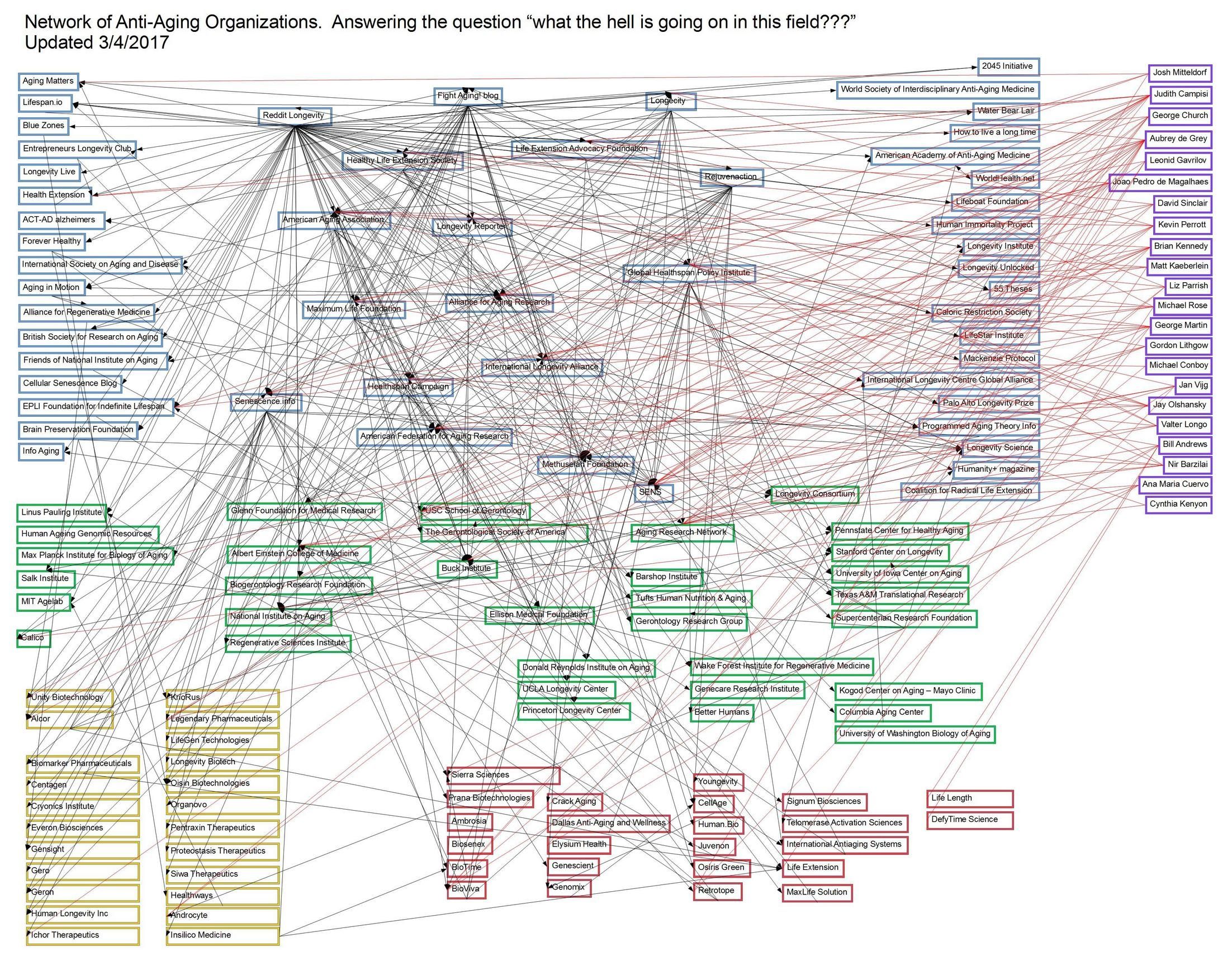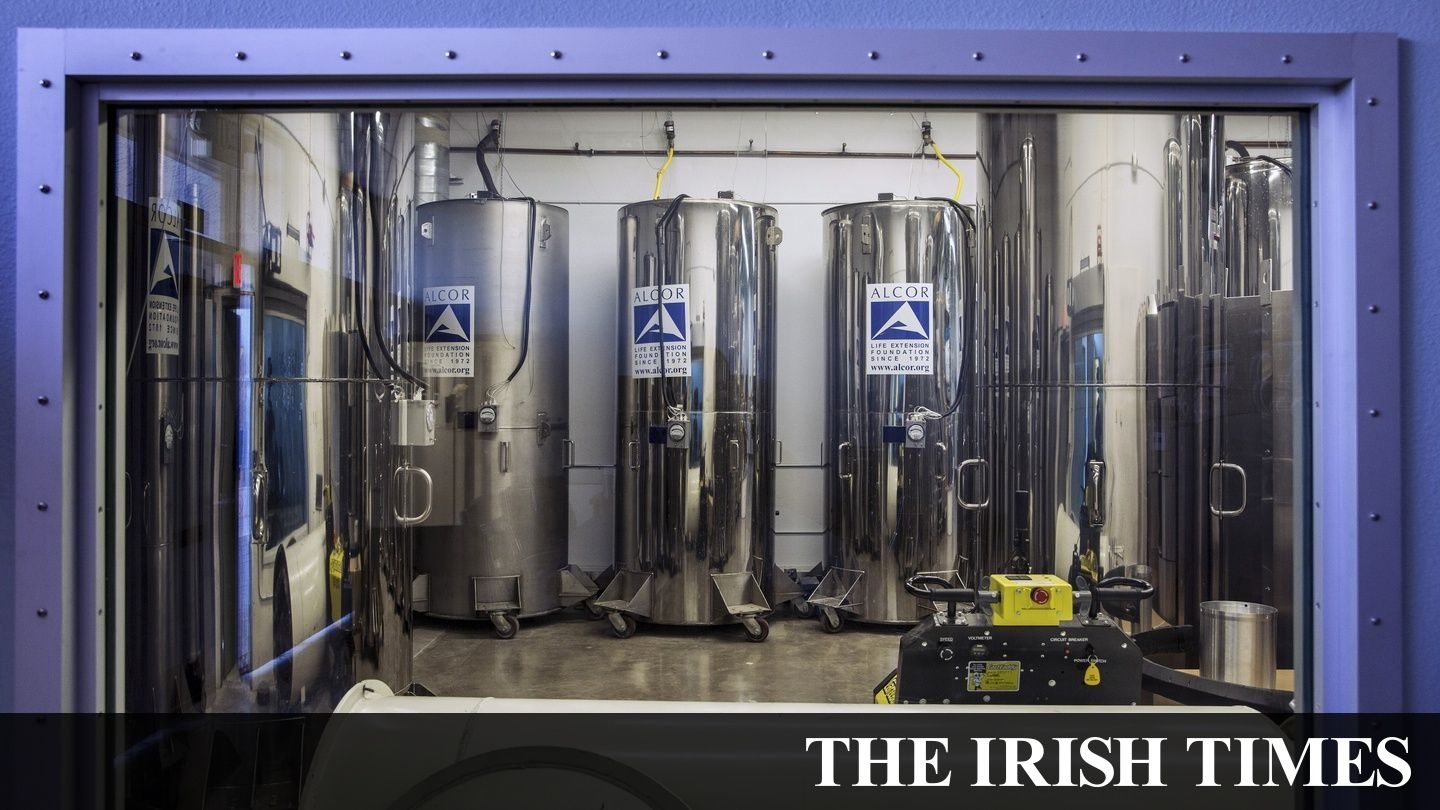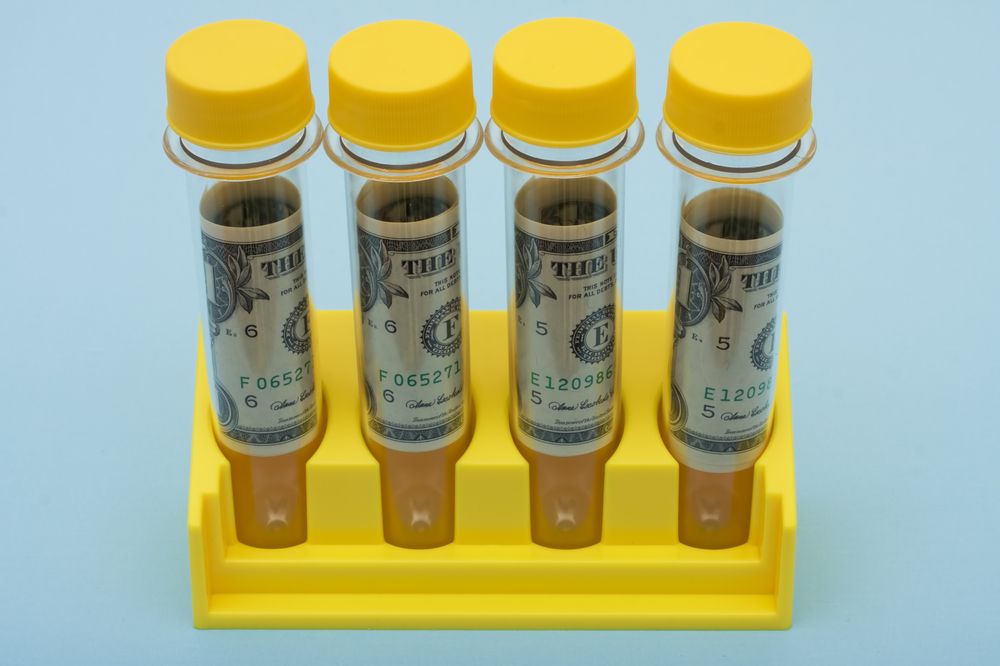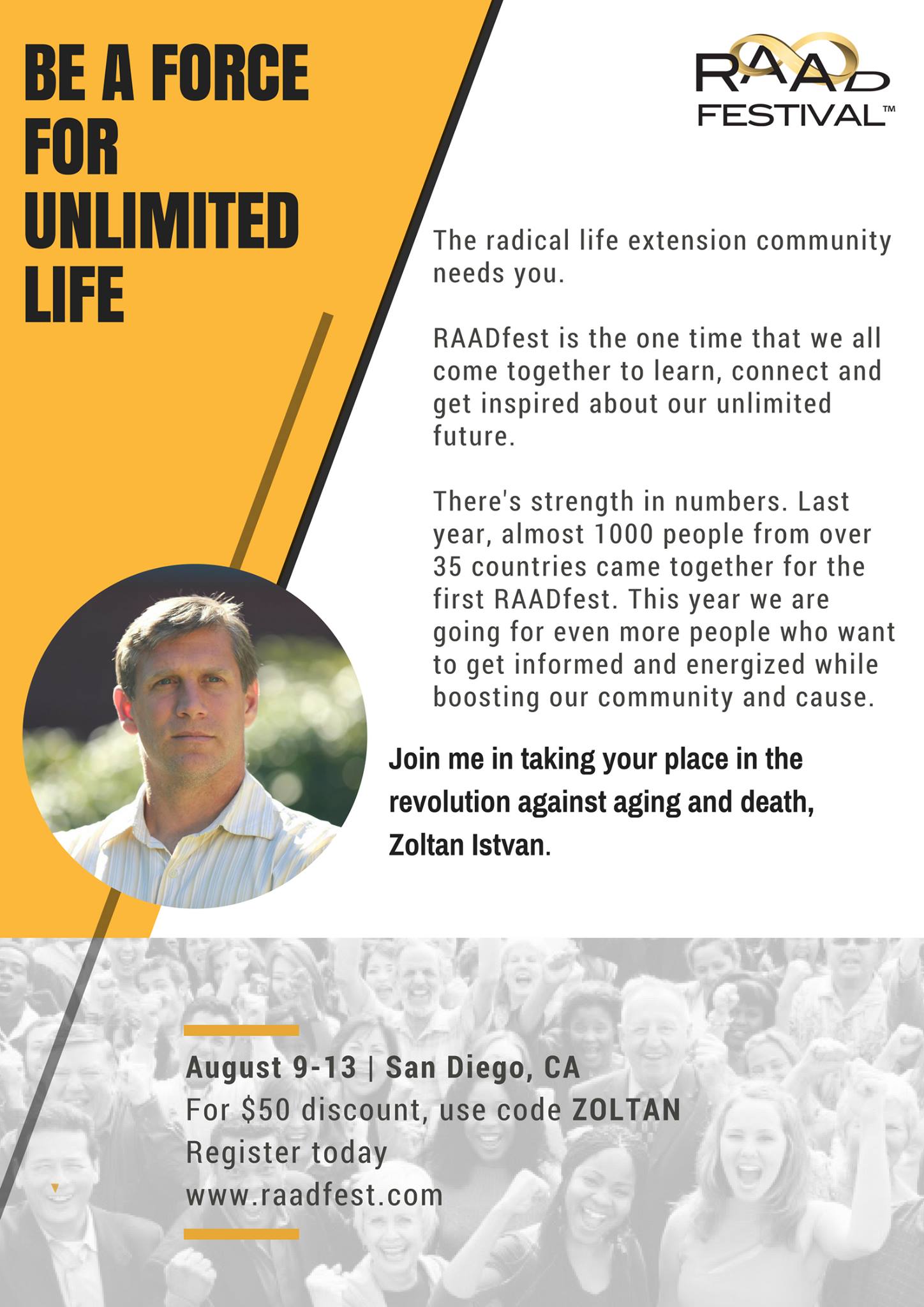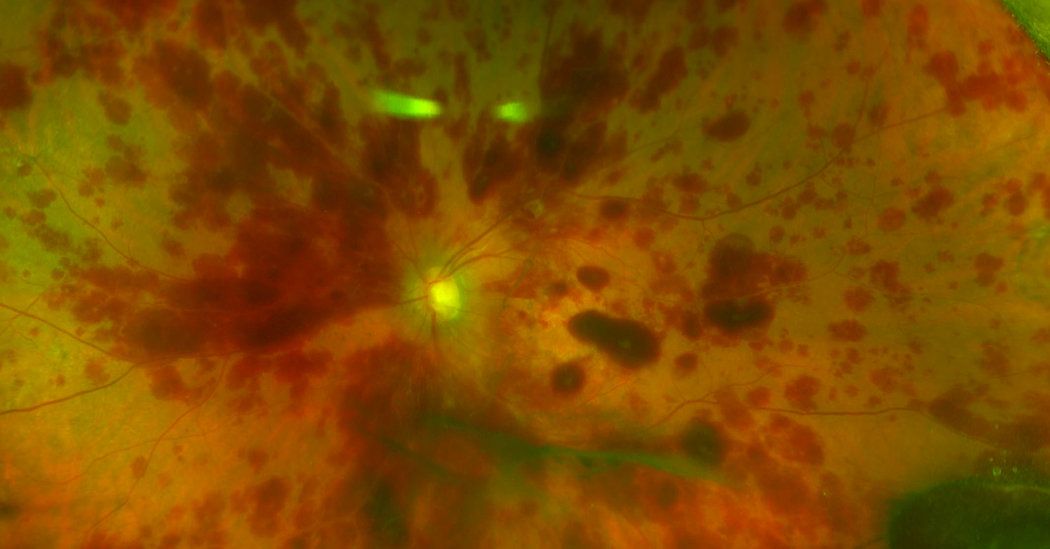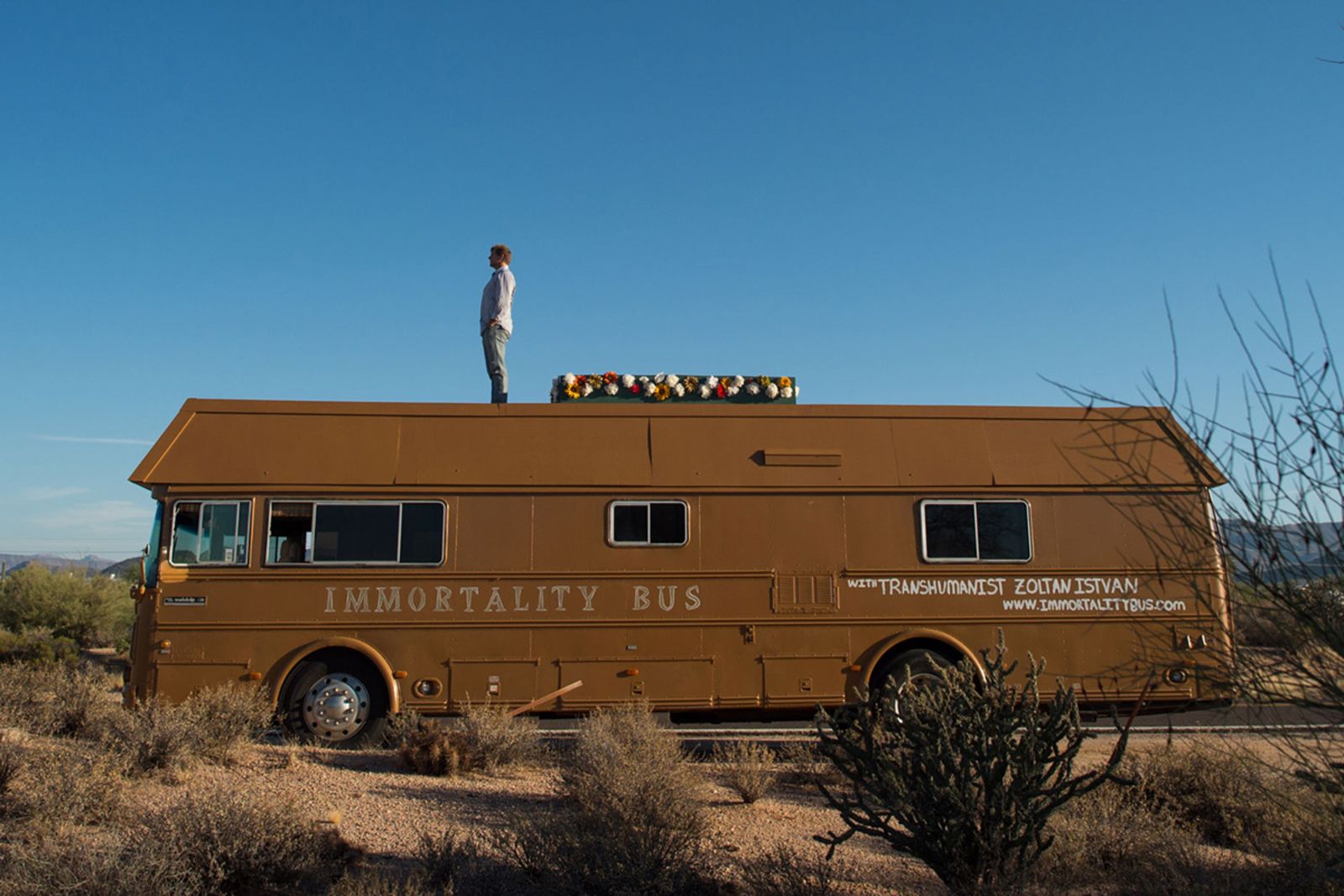In a world without ageing, our idea of family will likely change—for the better.
So it would, and I’m looking forward to it.
As things stand, this is what happens to a human family in a nutshell. Two people start dating. If things go well, they may want to live together and have kids. The kids grow up and do the same, eventually, and the original parents become grandparents, generally around the time they start being elderly. Unfortunately, this means they are less and less able to take care of themselves (let alone their grandchildren), and thus are more of a burden than a helping hand. (Talk to people who are around 60 and have kids, and you’ll find out their worst concern is being a burden to their families the moment they’re no longer able to take care of themselves.)
Grandparents eventually die. Repeat the process for enough generations, and eventually the members of the original family will all have died—the family is dismantled. Maybe other families originated from it, but it is irrelevant. The people are what matters to us, not their genes. Genes will be passed on, but all the people in the process will die, and become just a carrier for the genes. Looks like we really should have read the fine print before signing up for life, eh?

